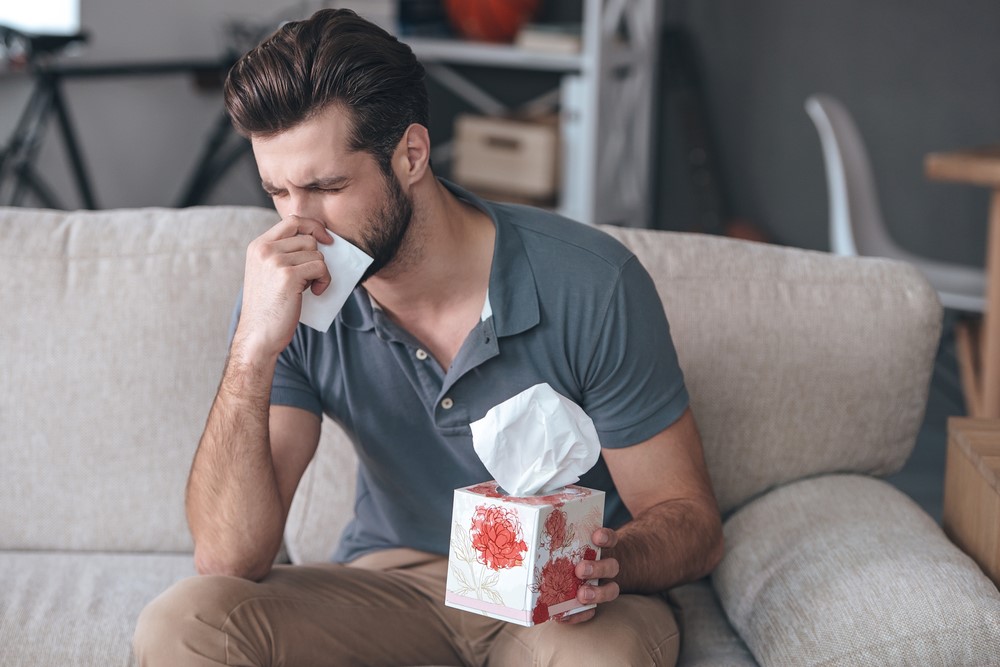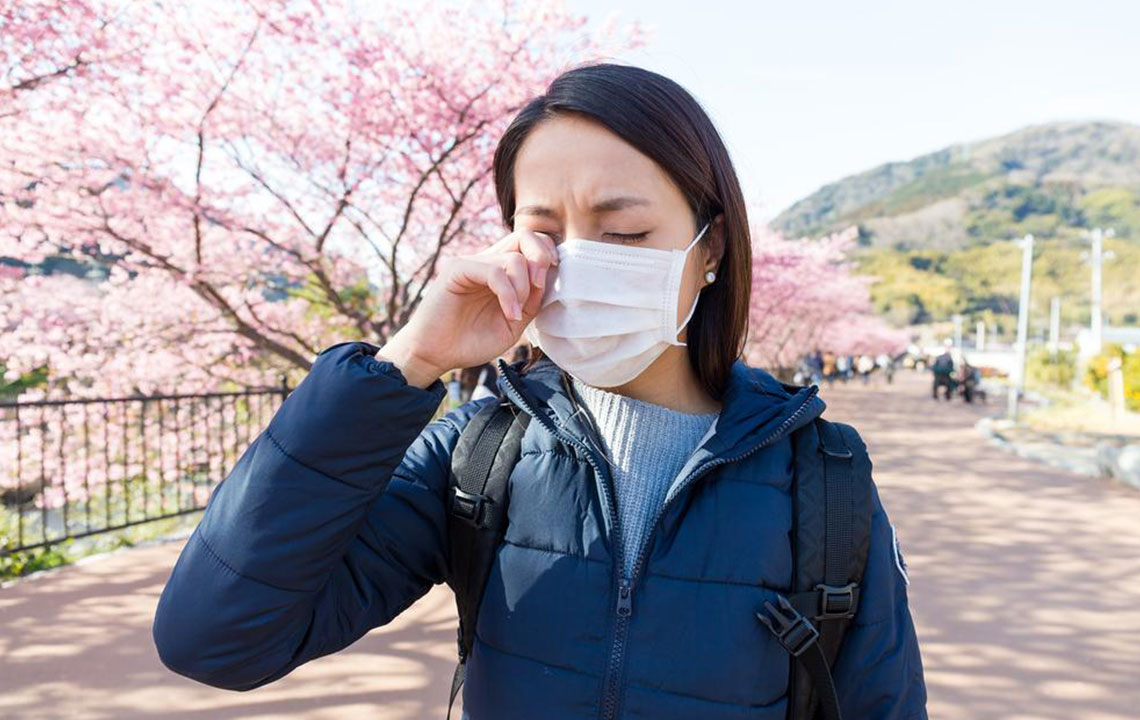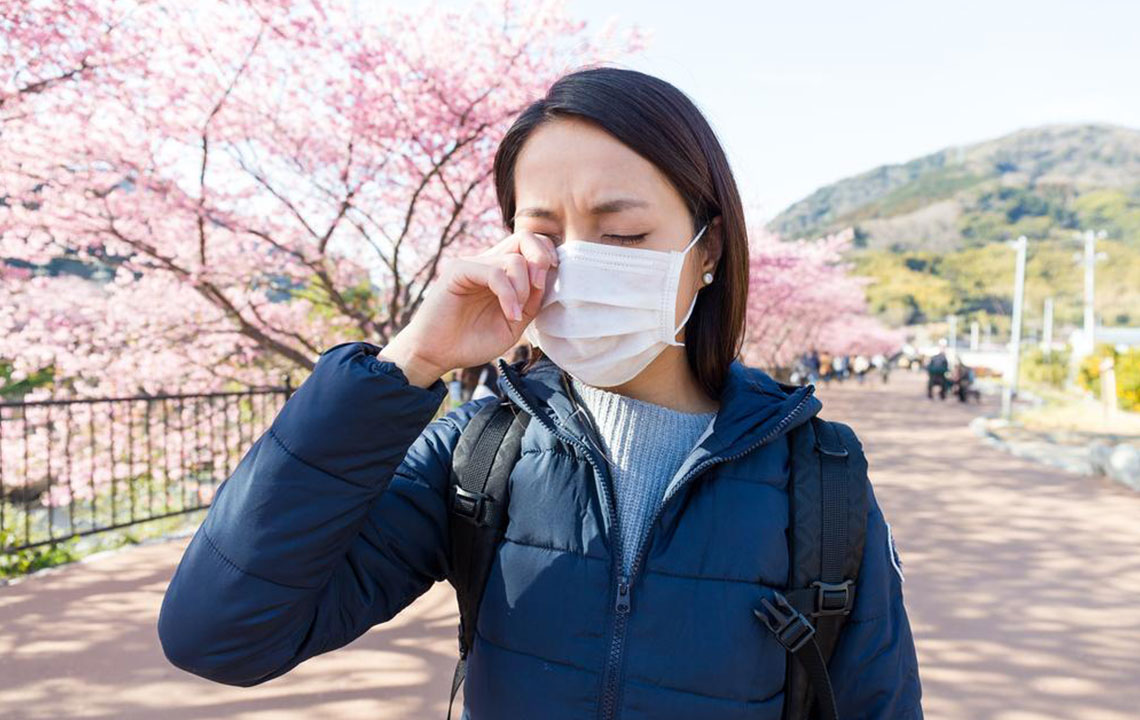A Complete Overview of Common Allergy Types and Symptoms
This comprehensive guide explains the most common types of allergies, their symptoms, and triggers. From food and pet allergies to environmental reactions and skin sensitivities, understanding these conditions helps in better management and prevention. Key allergens include foods, pollen, mold, pet dander, medications, and latex. Recognizing symptoms like sneezing, skin reactions, breathing issues, and digestive problems can aid early diagnosis and treatment. Whether dealing with seasonal hay fever or severe food allergies, awareness of triggers and symptoms is essential for health and safety.

Exploring Various Allergy Categories
Millions of people in the U.S. suffer from allergies triggered by foods, environmental factors, and substances. Symptoms vary widely based on allergy type. This guide highlights the most common allergies and their typical signs:
Food Allergies
According to CDC, about 6% of children and 4% of adults in the U.S. experience food allergies. While often starting in childhood, adults can develop them at any stage. Major allergens include soy, wheat, shellfish, fish, tree nuts, peanuts, milk, and eggs—responsible for around 90% of cases. Symptoms can range from stomach upset to life-threatening reactions such as anaphylaxis, which impairs breathing and circulation.
Hay Fever (Allergic Rhinitis)
Impacting approximately 50 million Americans, hay fever causes sneezing, nasal congestion, itchy eyes, and fatigue. It stems from immune hypersensitivity to environmental triggers like pollen, mold spores, pet dander, and dust mites. Despite being called hay fever, it doesn’t involve hay exposure or cause fever.
Environmental and Dust Allergies
Dust sensitivity, often worse during cleaning, can lead to coughing, wheezing, and chest tightness. Common triggers include pet fur, pollen, mold, and pests like cockroaches. Symptoms often include itchy, watery eyes and nasal stuffiness.
Medication (Drug) Reactions
Some reactions—such as rashes, hives, or breathing difficulties—may indicate an allergy to specific medications. Common offenders include antibiotics, NSAIDs (like aspirin), anticonvulsants, and chemotherapy agents. Severe responses may escalate to anaphylaxis.
Latex Sensitivity
Latex, derived from rubber trees and used in gloves and medical devices, affects about 6% of Americans. Allergic responses can include skin irritation or more severe symptoms like breathing problems, especially in those frequently exposed due to surgeries or occupational activities.
Allergies from Cosmetics
Skincare and beauty products can provoke allergic reactions, including redness, swelling, hives, or even anaphylaxis. Reactions can happen immediately or after prolonged use, often on the face, eyes, or lips.
Mold Allergies
Various mold species, often invisible to the eye, can trigger allergy symptoms such as sneezing, itchy throat, wheezing, and respiratory issues similar to pollen allergies.
Pet Allergies
Allergies to cats and dogs are prevalent. Cat allergens reside in saliva, fur, and dander, and cause sneezing, congestion, skin rashes, and breathing problems. Dog allergies produce similar symptoms, worsened by exposure, due to dander and saliva.


